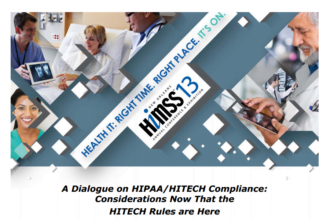The concept of cost-effectiveness in medicine is elastic. One’s view on this issue depends upon who is paying the cost. Of course, this is true in all spheres of life. When you’re in a fine restaurant, you order differently when the meal will be charged to someone else. Under these circumstances, the foie gras appetizer and the jumbo shrimp cocktail are no longer luxuries, but are considered as essential amino acids that are necessary to maintain life.
The concept of cost-effectiveness in medicine is elastic. One’s view on this issue depends upon who is paying the cost. Of course, this is true in all spheres of life. When you’re in a fine restaurant, you order differently when the meal will be charged to someone else. Under these circumstances, the foie gras appetizer and the jumbo shrimp cocktail are no longer luxuries, but are considered as essential amino acids that are necessary to maintain life.
In the marketplace, except in the medical universe, goods and services are priced according to what the market will bear. If an item is priced too high, then the seller will have fewer sales and a bloated inventory. Consumers will not pay absurd prices for common items, regardless of supernatural claims of quality.
- Would you pay $100 for an ice cream sundae that boasted it was the best in the world?
- Would you pay $1000 for a tennis racket that promised performance beyond your ability?
- Would you pay $500 for a box of paper clips that never lose their tension?
Of course, you wouldn’t because none of this stuff is worth it, even if the quality claims are true. If any readers disagree, then send me a private email so I can enter into a business arrangement with you.
We lose sight of this obvious truth in medicine. It is not enough for a treatment to be effective. The benefit must be worth the cost. I realize that a cost-benefit analysis is interpreted differently by sick people and their families. I am sure this would be true for me and my own family. If my child needed a bone marrow transplant, I would devote my entire being to making this happen, regardless of long odds against success and a six figure price tag. In this hypothetical, I am no longer a smug blogger, but I am a terrified parent.
There will always be arguments about where to draw the line. Some treatments, such as routine vaccinations and proven preventive medical screening tests should be under the line. Other therapies that have minimal clinical benefit and astronomical costs should remain in high orbit and out of reach. All the stuff in between will be the grist for comparative effectiveness research, if it ever gets airborne.
A few months back, The New York Times reported on 2 new drugs, approved by the FDA for cancer treatment. Provenge, a new drug for prostate cancer extends life by 4 months at a cost of $93,000. Impressed? Wait, there’s more. Yervoy, a treatment for melanoma also extends life by 4 months at a cost of $120,000.
Are these two treatments under the line or over the line? In my view, as a spectator and not a sufferer of either disease, I think they should both be directly in the line of fire.
What’s your view?





